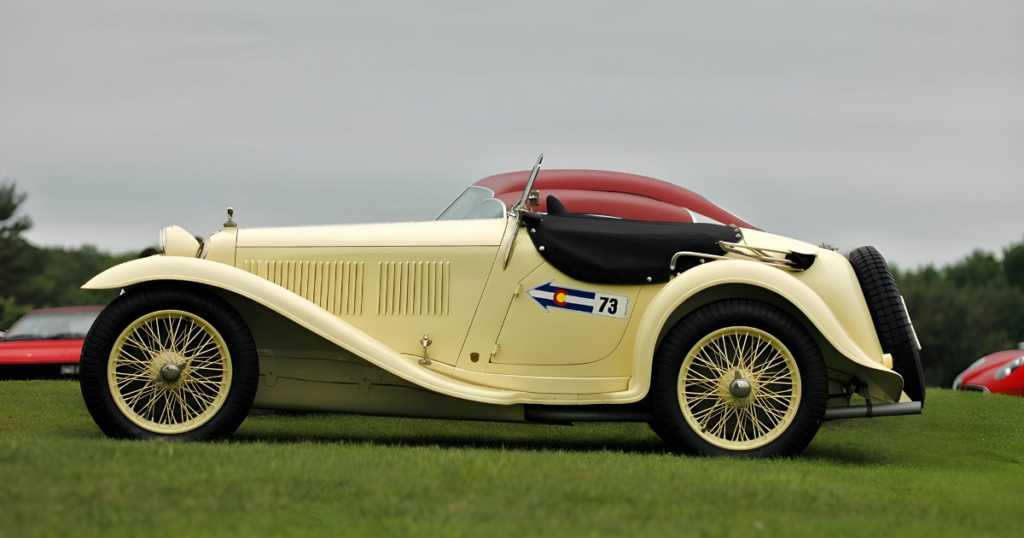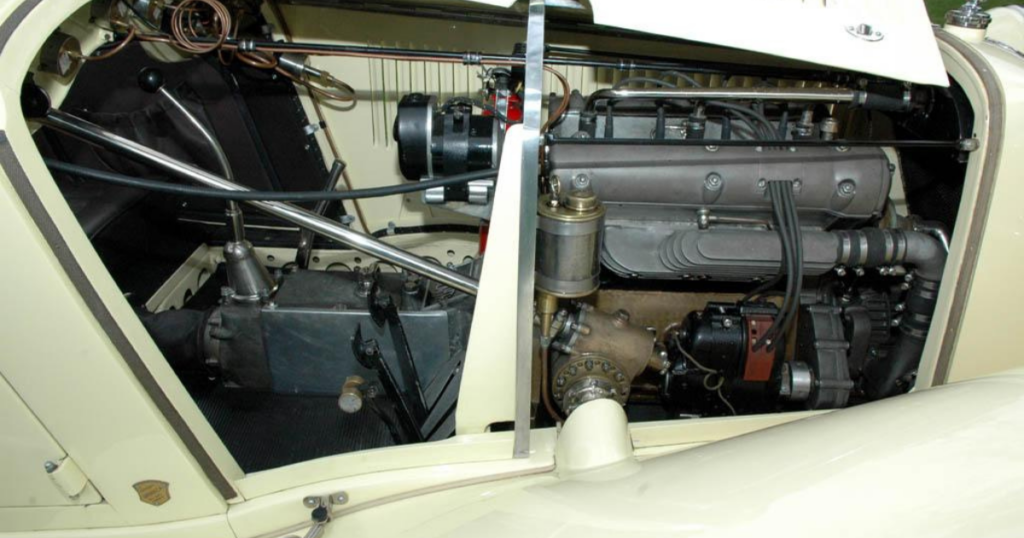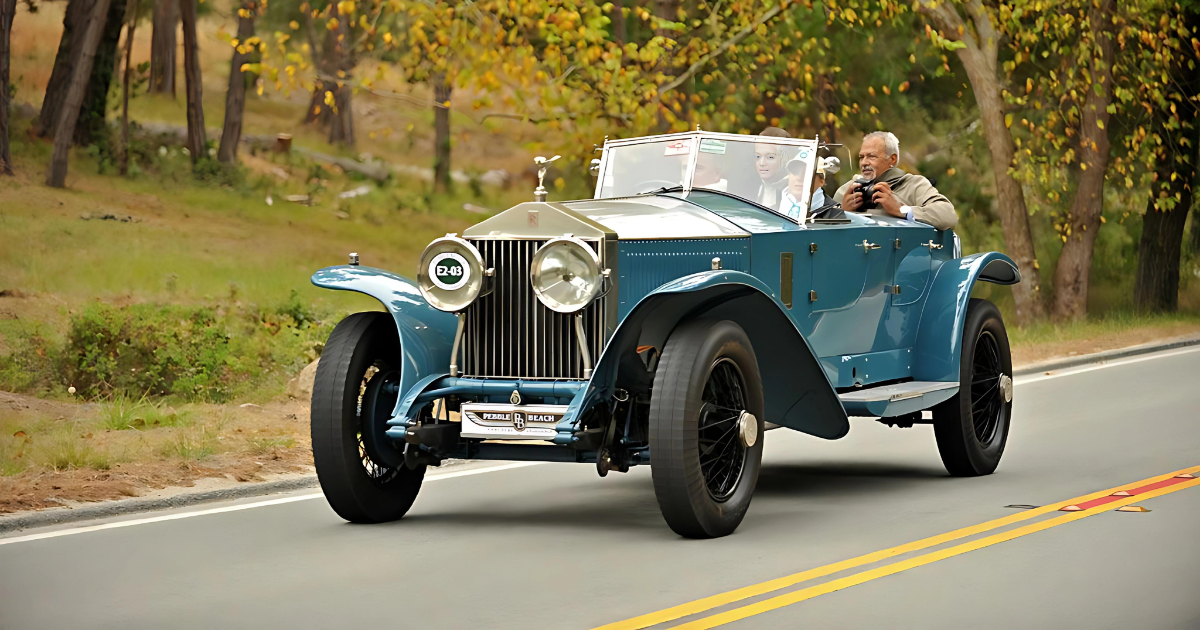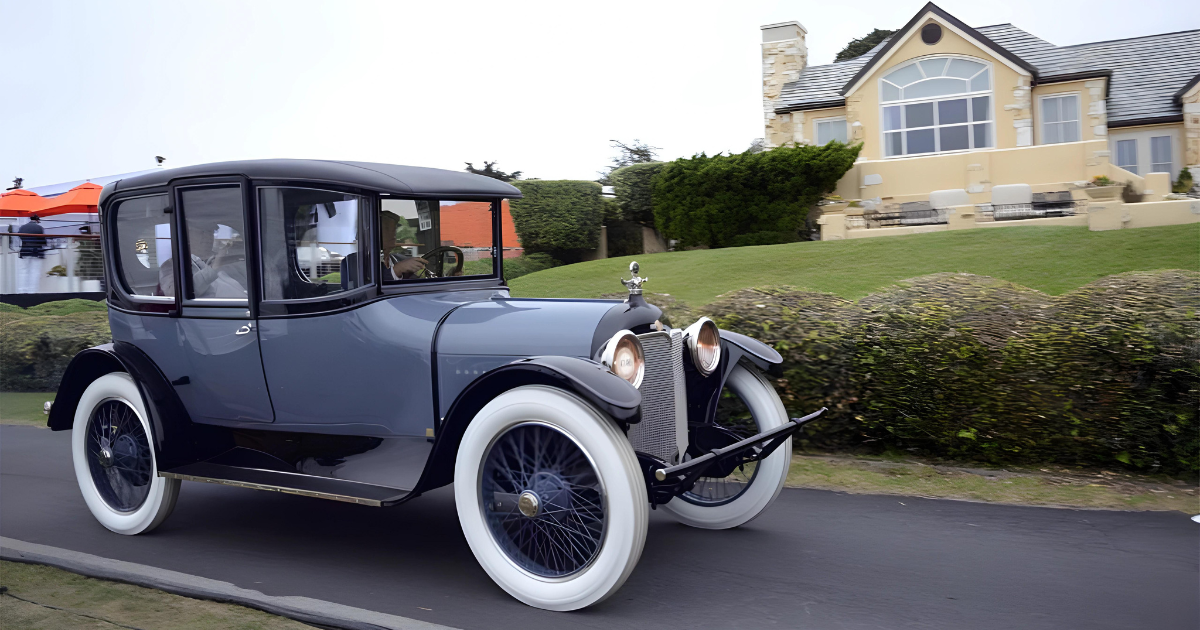
The tale of this remarkable pre-war Maserati is a fascinating journey through automotive history, blending competition pedigree with a storied past of transformation and restoration. Originally bodied as a full road-going sports car, this Maserati stands out as one of the rare few to have been designed for both the road and the racetrack, embodying the dual-purpose ethos that characterized many classic sports cars of its era.

In the 1930s, Maserati was renowned for producing high-performance racing cars, but this particular model, initially showcased at the 1932 Milan Auto Show, boasted a distinctive Brianza body. Brianza was a prestigious coachbuilder known for its elegant and aerodynamic designs. The car’s original form, with its sleek lines and polished aesthetics, was a testament to the sophisticated design and engineering prowess of Maserati during this golden age of motoring.

The car’s journey shifted dramatically when it was converted into a 1.5-liter Monoposto, a single-seater race car. Motivated by its owners’ competitive spirit, they aimed to make it one of the fastest and most formidable racing machines of its time. By 1943, it earned the title of “The Fastest Car To Have Raced Anywhere In The World,” highlighting its significant upgrades and relentless pursuit of speed and performance.

After World War II, the Maserati continued to build on its racing legacy. In the immediate post-war period, it competed in various events, including the prestigious Prescott Hillclimb in England, where it won its class. Hillclimbing, a form of motorsport that involves racing up a steep incline, was a popular event in the UK and Europe, and winning at Prescott was a significant achievement, adding to the car’s illustrious racing history.

The Maserati’s journey did not end with its racing days. In the 1970s, the car was rediscovered in the United States by Dan Margolis, a noted Maserati specialist. Recognizing its historical significance and potential, Margolis orchestrated its return to England, where it underwent a meticulous restoration process. The restoration was entrusted to Tony Merrick, a renowned restorer known for his expertise with vintage racing cars.

Merrick’s restoration aimed to return the Maserati to its original 1932 form as it appeared at the Milan Auto Show, complete with the Brianza bodywork. This painstaking process involved extensive research and craftsmanship to ensure that every detail was accurate, down to the original color. The restored Maserati not only recaptured its aesthetic beauty but also honored its historical significance, preserving a piece of automotive history for future generations.

Today, this Maserati symbolizes pre-war engineering excellence and the enduring allure of classic sports cars. Its transformation from a road-going sports car to a race-winning Monoposto and back highlights the resilience and timeless appeal of these remarkable machines. This car embodies innovation, competition, and restoration, captivating automotive enthusiasts worldwide. Its story is not just about speed and beauty but also the passion and dedication of those preserving the rich heritage of classic automobiles.




